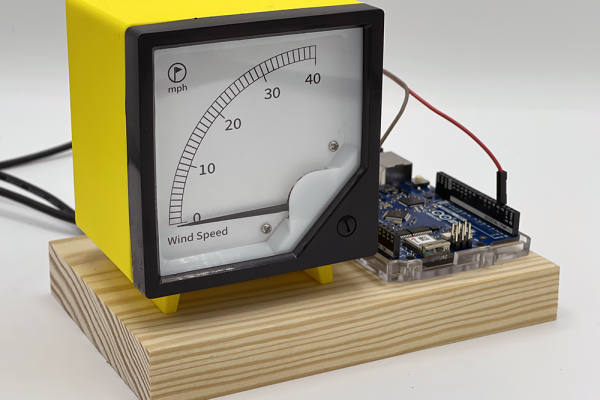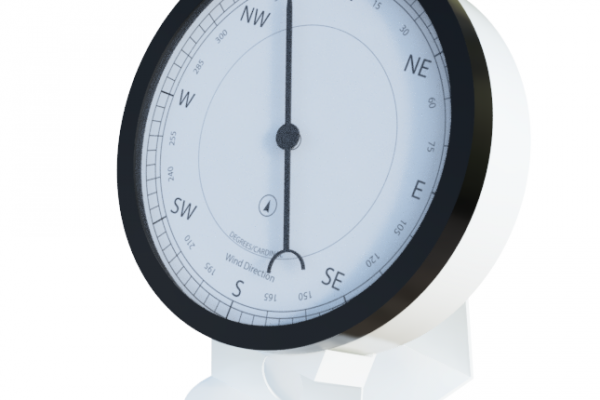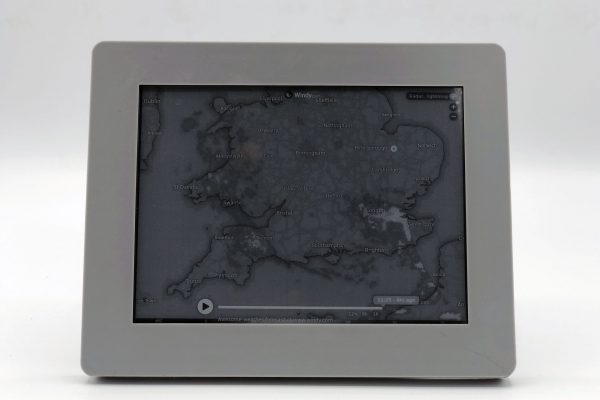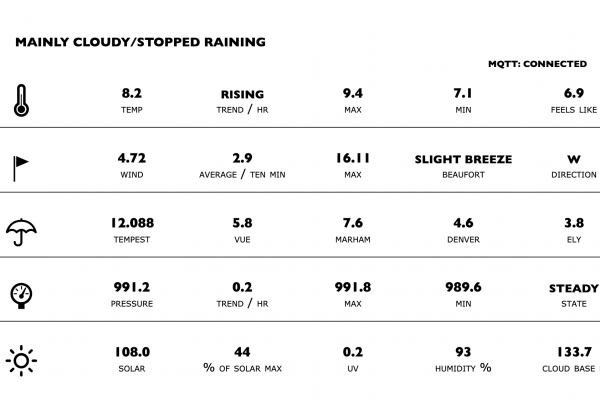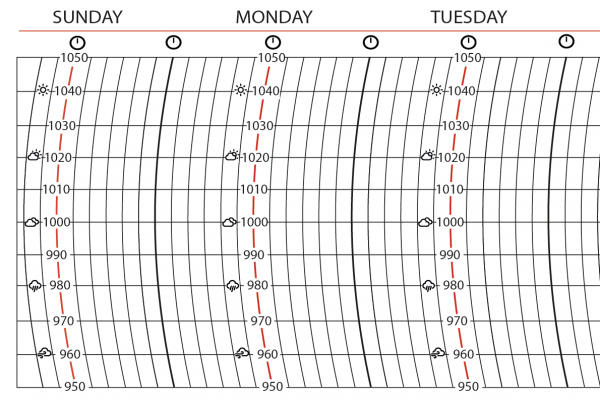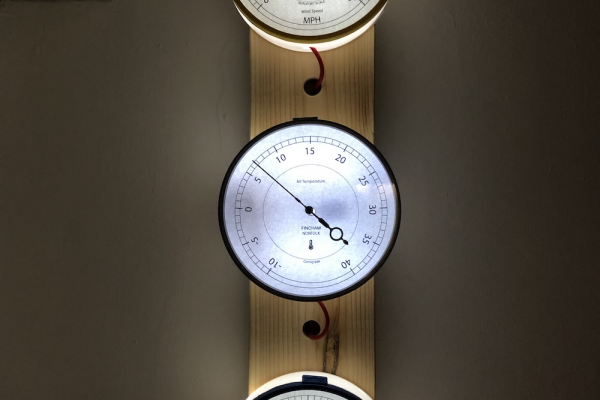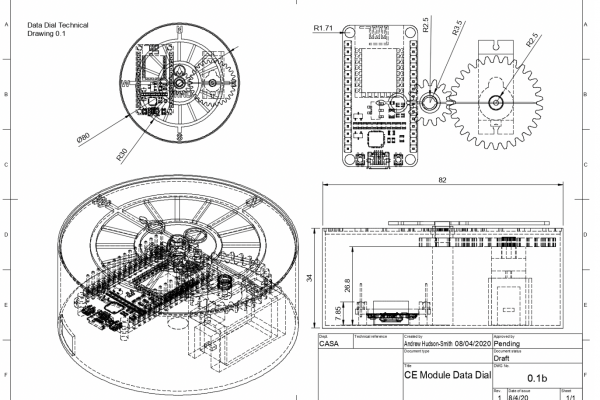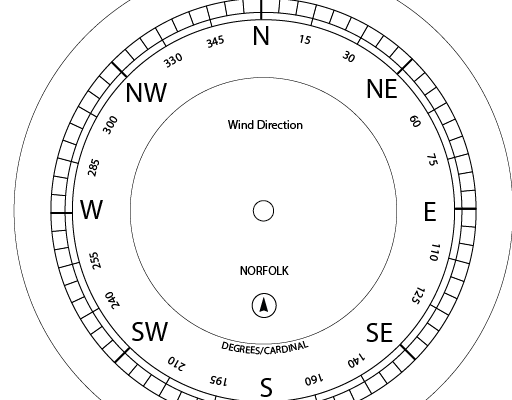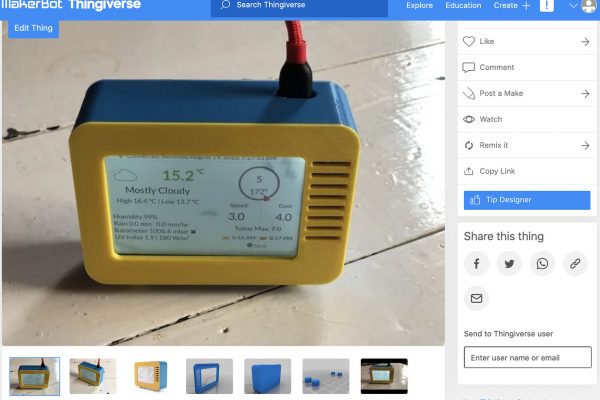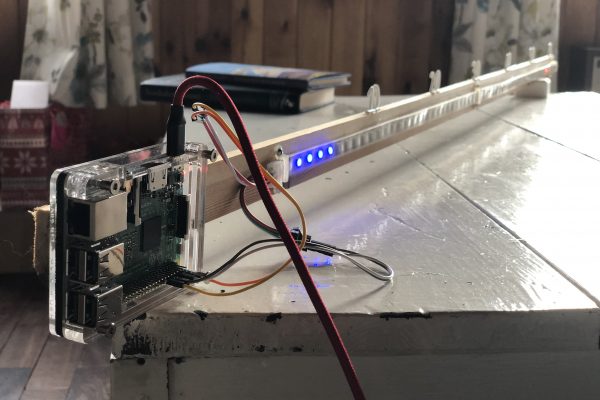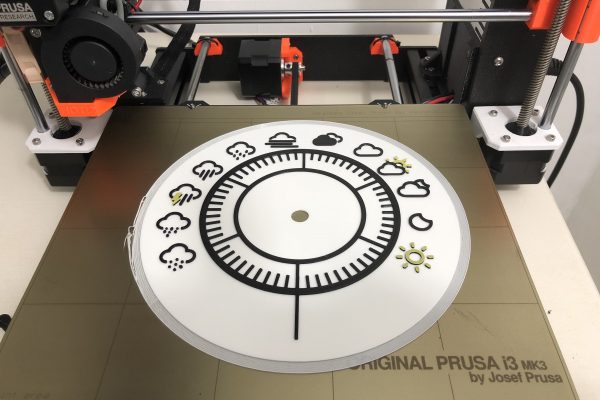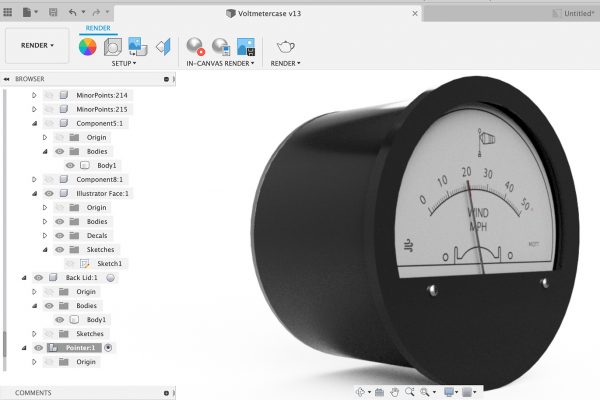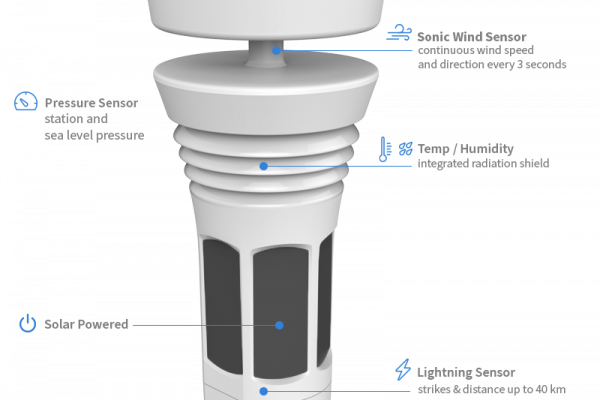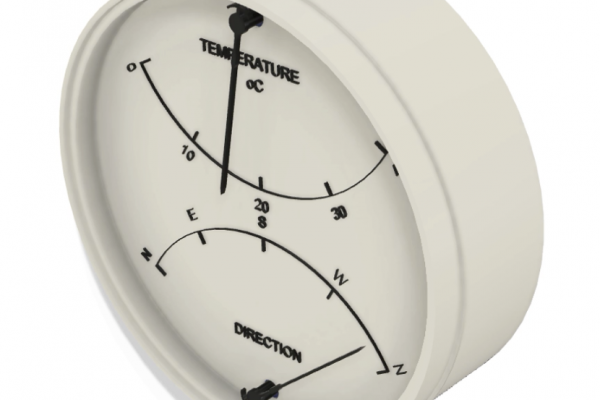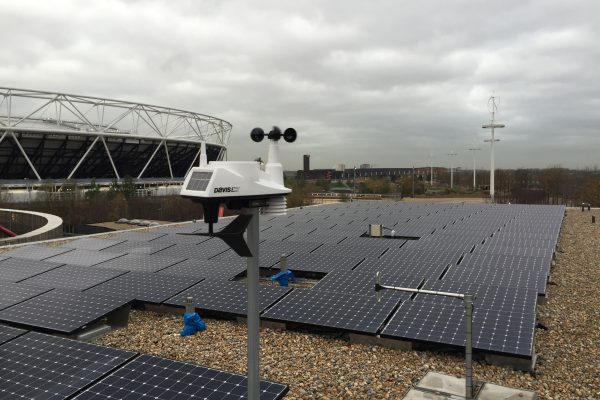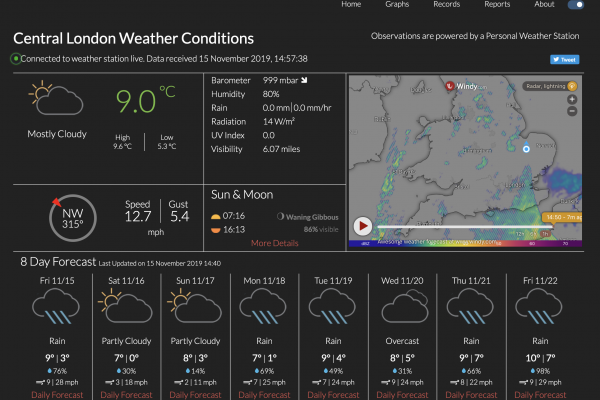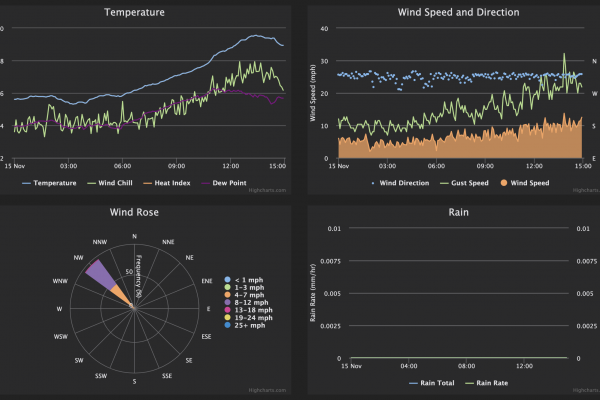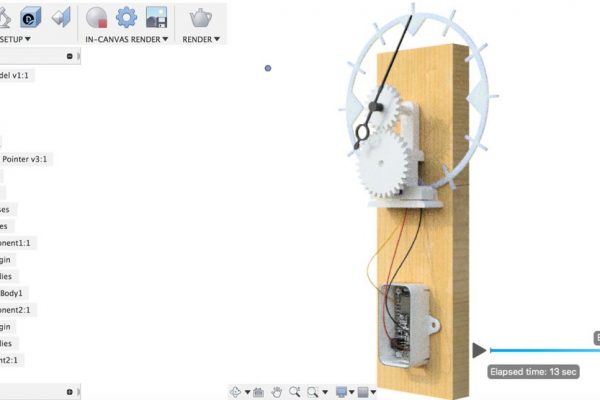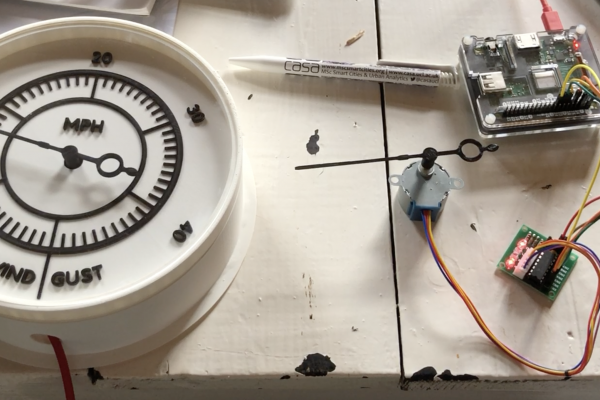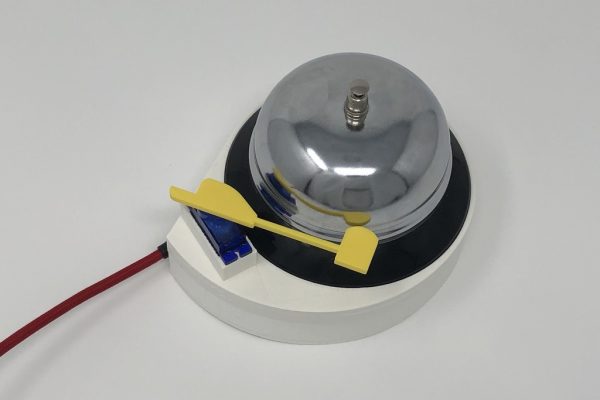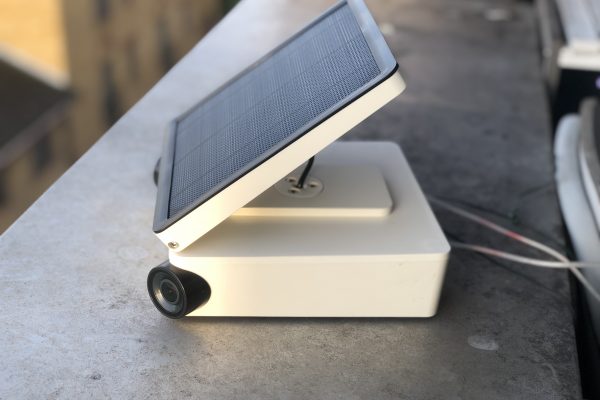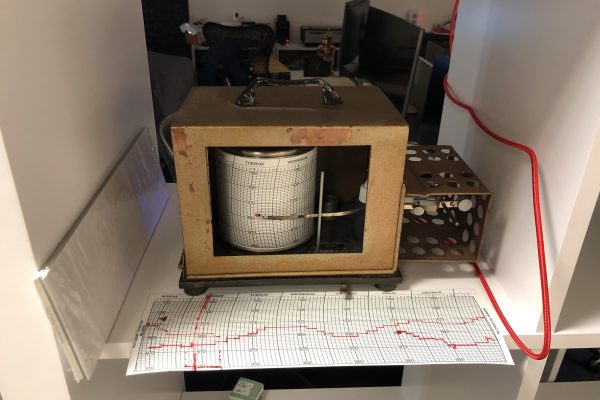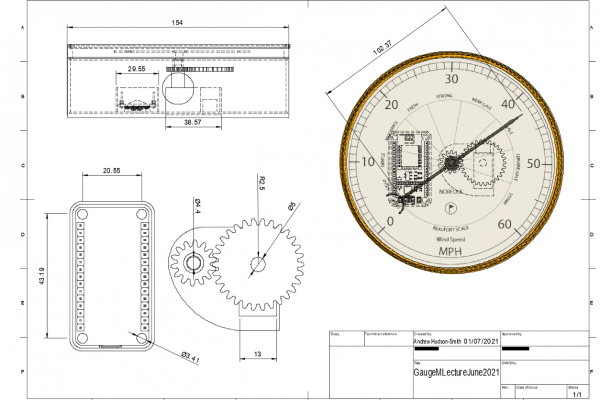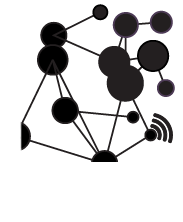Personal Weather Stations are the first stop of Connected Environments – allowing the deployment of devices, collection of data from multiple sensors, online and augmented reality visualisation as well as the making of physical things via lights, servos and actuators to communicate the data. They act as a one stop shop for multiple methods of data collection, analysis and visualisation around Connected Environments.
Partners
UCL, London Legacy Development Corporation
Quick Facts
Data from our weather station deployments update every 3 seconds via Message Queue Telemetry Transport (MQTT) – a lightweight messaging protocol for small sensors and mobile devices, optimized for high-latency or unreliable networks.
We have three live stations – two in London, one at UCL and the other at the Queen Elizabeth Olympic Park, and one in Norfolk to explore rural data communication. More are planned…
